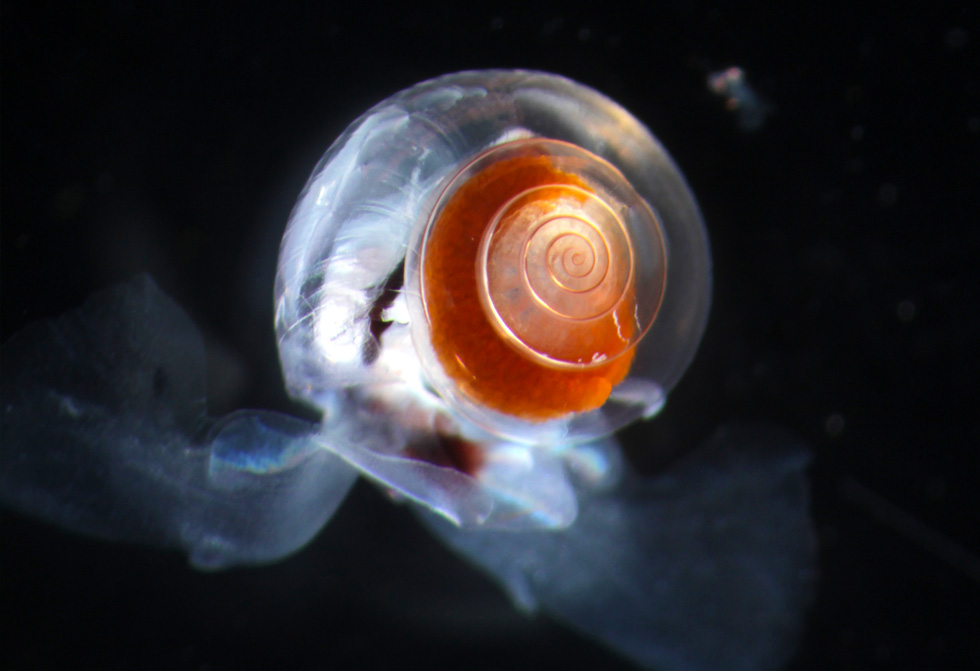Delicate Wingfoot
Delicate Wingfoot,
you flit to and fro,
but never go.
You plot your race,
but never practice.
You fly without foresight
and never see the hurdles.
You flee without hindsight
and never know
what’s nipping at your heels.
Delicate Wingfoot,
so fragile of mind,
genetically you’re a delicate kind.
Your loss is unsurprising
and you’re often left behind.
You want and want and never get.
You’ll not get down on bended knee
to pray for what you'd like to be.
Accident will crown your glory
as you skid into victory.

Delicate Wingfoot,
you flit to and fro,
but never go.
You plot your race,
but never practice.
You fly without foresight
and never see the hurdles.
You flee without hindsight
and never know
what’s nipping at your heels.
Delicate Wingfoot,
so fragile of mind,
genetically you’re a delicate kind.
Your loss is unsurprising
and you’re often left behind.
You want and want and never get.
You’ll not get down on bended knee
to pray for what you'd like to be.
Accident will crown your glory
as you skid into victory.

A pteropod ("wing-foot"), also called a "sea butterfly" or a "sea angel," is a free-swimming sea snail that drifts with the current though it has a wing-like flap to propel itself through the water. If it is a sea butterfly it has a shell, but if a sea angel it does not. Georges Cuvier established the the group as "ptéropodes" in 1804. In "Le Règne Animal" he used comparative anatomy to divide the animal kingdom into 4 embranchements ("Branches", roughly corresponding to phyla): vertebrates, molluscs, articulated animals (arthropods and annelids), and zoophytes (cnidaria and other phyla). The book came out in 2 volumes in 1817, followed by a 5-volume 2nd edition in 1829-1830; 12 associates produced a 3rd edition between 1836-1849. Despite Cuvier's eminence, his Pteropada classification remained contested. François Péron added 4 taxa and then, in 1810, established the shelled Thecosomata ("case-body") and shell-less Gymnosomata ("naked body") clada for the entire expanded group. In 1824 Henri Marie Ducrotay de Blainville rejected most of Péron's additional genera and renamed the order Aporobranchia; and John Edward Gray reclassified the entire Cuvier-Péron system. In 1829 Paul Rang followed the Cuvierian classification, but tried to include the character of having a distinct head or not; Pierre André Latreille reassigned animals on the basis of fin size. In 1851 William Bullock Clark treated the Pteropoda as a family but emended the spelling to Pteropodidae (a name now used for a family of fruit bats). But Cuvier's system was eventually adopted, though zoologists still debate whether the sea butterflies and sea angels are separate taxa. "So fragile of mind, / genetically you’re a delicate kind."
ReplyDelete